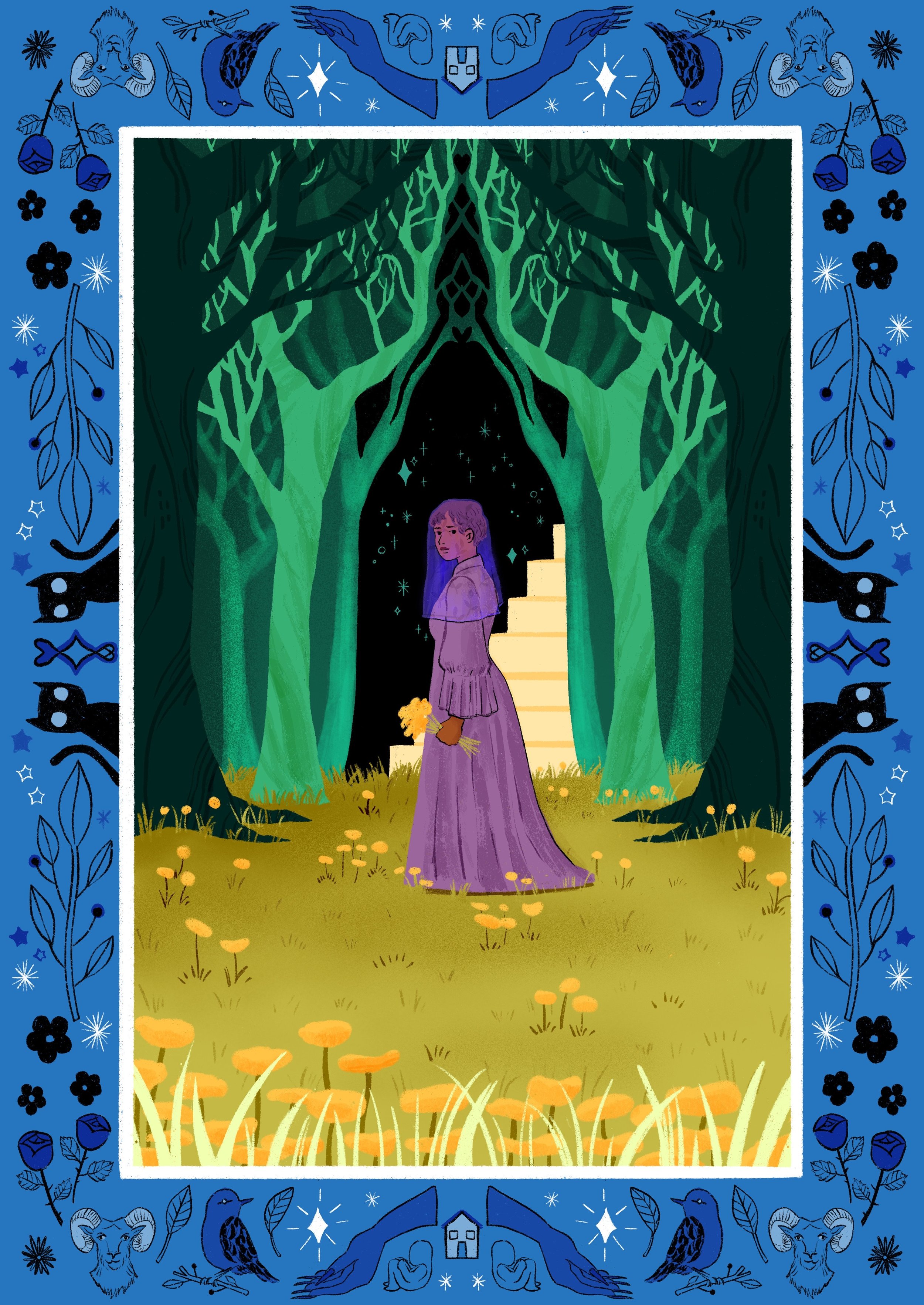
The Music of Machines
Peter Duggal, the Birmingham-born musician and producer, writes about discovering electro music in the city as a youngster and his recent collaboration with Wolfgang Flür on the song ‘Birmingham’
‘Why would anyone write a song called 'Birmingham'? It’s not really an interesting place.’
Someone recently asked me this question and it made me wonder.
‘Birmingham’ is the title of the first composition I worked on with Wolfgang Flür, integral member of the iconic and hugely influential band Kraftwerk.
I was in Germany with my family in the summer of 2016 en route to the Black Forest for the wedding of an old friend and Wolfgang invited us to Dusseldörf to visit him and his wife, Zu, to enjoy the city and their company. During a pleasant drive into the centre he mentioned he had heard my demo version of the track online and had found it inspiring—and we ended up talking about how we could develop it further.
Wolfgang and I first met a year earlier when he performed in the small Pennine market town of Hebden Bridge where I now live. There was real chemistry between us and we quickly became friends and later, music partners.
This all sounds like a rather strange sequence of events I realise, especially given my lifelong admiration of the music of Kraftwerk. However, within weeks this became but a mere detail in my friendship with Wolfgang, a warm, interesting, gentle and kind man.
‘On frozen glass, in window panes, it's Birmingham to draw my name’
My parents moved to Birmingham in the late ‘50s from Punjab, India and settled in Handsworth. By the end of the ‘70s my father's relentless hard work had started to pay off - we were able to move out of a tiny terraced house on Church Street in the deeply deprived Lozells end of town, into what seemed a relative mansion just a few minutes’ drive away. This semi-detached property had its own driveway and was on the side of the road which just about had its toes in a leafier Handsworth Wood postcode. This would become home until I left at the age of eighteen.
The youngest of six children, I found this sudden introduction of the concept of physical space, and the newfound ability to find a corner or room to myself hugely appealing. So many older siblings plus the added factor of living alongside various extended family members, exchange students, lodgers or visiting relatives from India did tend to make solitude a desirable option most of the time, I found.
No sooner had we moved in, than we learned the large green field just behind the house, at this point made up of football pitches and tennis courts, was to be bulldozed to make way for a new estate of council housing. Whilst this was most likely the reason the previous occupants had decided to move to pastures new, the endlessly eventful days, weeks and years I went on to spend hanging around on that estate now form a large part of my most interesting and enduring childhood memories.
Arranged around a central grassy island, hemmed in by an oval road with bland houses around the perimeter, Church Green Estate was undoubtedly the work of Birmingham City Council's dullest and most unimaginative planners—nevertheless it became the perfect place to ride a BMX bike around every day, to explore and make friends (and enemies).
The houses were uninteresting aesthetically but each one was full to the brim with interesting stories from the mostly immigrant families. As I cycled round and round that island on summer days, windows would be open and I'd take in the sounds of music, conversation, laughing, singing, shouting and the aromas of cooking from what seemed like every country in the world. Each circuit would take you on a whistle-stop trip, offering glimpses of Vietnam, Jamaica, Bangladesh, Greece, Turkey, Nigeria and yes, even England—a truly vibrant and fascinating place. It was not without its dark side, of course, and there were many occasions where things turned ugly—being shot by an air rifle, arrested by the police for 'scrumping' or simply beaten up by one of the shadier characters are some of the few things that spring to mind.
Over in Handsworth Park where I would spend the other half of my outdoor time, I'd meet hordes of local kids on a daily basis for a game of what often turned out to be 3-hour long sessions of 25-a-side football. At sundown, we would gravitate to the area behind the sports centre where a yellow streetlight on the wall above the bins meant we could carry on playing (albeit in a much smaller and grubbier area). Our soundscape would be thumping reggae from the sound systems which would boom away in the distance: the place would generally buzz with life.
Looming over everything throughout this era was the ever-pervasive spectre of Margaret Thatcher—and her decimation of so much that we found precious. Other strong memories are of the nightmare visions that abounded on TV—threats of impending nuclear war and how to take cover, scaring and scarring all who tuned in. In Handsworth, as in other deprived inner cities around England at this time, there were the well-publicised riots on the streets nearby. I remember the police instructing us to turn the lights off and lock ourselves indoors until further notice—and can still recall the sound of sirens, fighting, petrol bombs and mayhem. Shops, houses, and cars were ablaze, and some people even lost their lives, those who were in the wrong place at the wrong time.
Computers at this time were beginning to appear in homes although many of the older generation seemed to view them with great suspicion—they were going to take over the world, destroy everybody’s jobs and eventually start thinking for themselves at which point they would be out of control and destroy everything else too. I, like many of my friends, became totally fascinated to the point of obsession with these machines—the idea of creating a whole world in your bedroom by typing in obscure commands was something magical.
At primary school, as part of a national scheme, one of these new machines appeared one day and we would all stay in at break time and fight over who could get their hands on it. We’d break into whatever educational software was running, and change some of the words to swear words, wait for the teacher to return and pretend we didn't know how it had happened.
But ultimately my real passion was in the sound these machines could make. Could they make music? Or one day even talk? The one at school could only bleep which was disappointing, but it was clear from watching Top of the Pops that some machines were making altogether more interesting noises. This really hit me one day in the very early 80s—one of the kids appeared with a boombox on Church Green (or ‘round the back’ as we used to refer to it)—and it was projecting sounds that appeared to come from some other world, way into the future. This wonderfully dark, clinical, precise music was like nothing I had ever heard before and was clearly made using computers of some kind—electro music.
Whilst a lot of what I heard was peppered with cheesy rapping, the odd track would take me away completely—‘Clear’ by Cybotron or ‘Al-Naafyish’ by Hashim. That combination of deep and warm analogue bass sounds, fizzy and heavy 808 drum machines, and pulsating synthesized monophonic arpeggios transfixed and changed me in an instant. Later, the sounds of New Order and Kraftwerk would have a similar effect on me. I’d discovered the perfect soundtrack to everything I was seeing and feeling and I couldn't get enough of it.
‘A photograph in black and white . . . so many worlds lost to the light . . . ’
Now, several decades later, I found myself writing this song with all these memories at the forefront of my mind, in a daydream.
The chord progression in the song moves up and then down again, in a tentative, monotonous and machine-like way. Exploring but never straying anywhere too exotic, I was somehow penning an aural Spaghetti Junction. The melody from the pads that appears a minute or so into the song uses haunting overtones to instil a sense of dystopian unease. (I named the sound ‘Lozells Strings’).
The arpeggios that move throughout, bouncing off the insistent stammering sixteenth note 8-bit bass line, capture the never-ending journey of electrical pulses across circuit boards and into silicon chips in those very computers I overheard drunken relatives saying would one day take over the world.
Birmingham was always a track I was intrigued by—one of those pieces that seemed to write itself even though I was there at the controls. It’s a track that comes from deep within me; my favourite times making music in the studio are like this—in that zone, transported to that particular time of youth—a dream state permeated by the memory of Lozells, Handsworth, Church Green, BT tower in the distance, parents, relatives, old family stories. It feels in the moment like the composition has taken on a life of its own, living and breathing unaided—and the brain retreats into that semi-passive mode where it casts no doubt or insecurity over proceedings—merely overseeing matters like a lifeguard.
There are sounds and melodies in the song that technically should have been discarded because of their clear imperfections—noise, aliasing, incorrect notes—but that would have thrown the magic away, for me at least.
‘I'm to blame . . . every time.’
So it was that Wolfgang Flür, from a different kind of city far away from Birmingham, somehow connected with and became inspired by the demo in 2016. Now in 2022, it appears on the new album ‘Magazine 1’ after Wolfgang and I worked it into a much fuller production—a beautiful process that excited us both about working together further. The song features Peter Hook (New Order/Joy Division) on bass and Claudia Brücken (Propaganda) on vocals and has received widespread critical acclaim.
I would never have imagined all those years ago, when I was ‘around the back’ in inner-city Birmingham, listening to the music made by the very people who now feature on this song about my city, that this could ever happen; that one day, a song about that place, those times would alter my life.
Peter Duggal
March 2022
